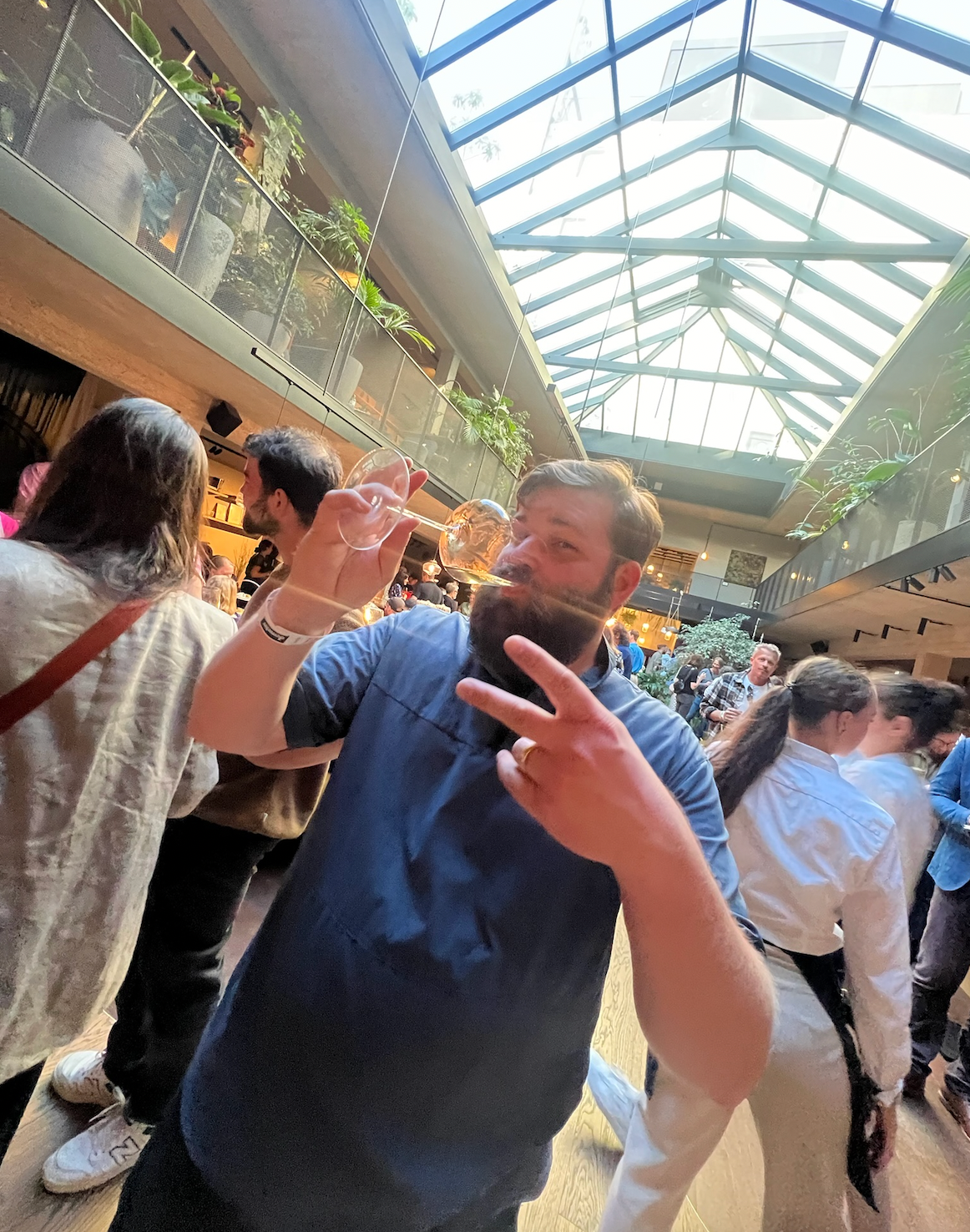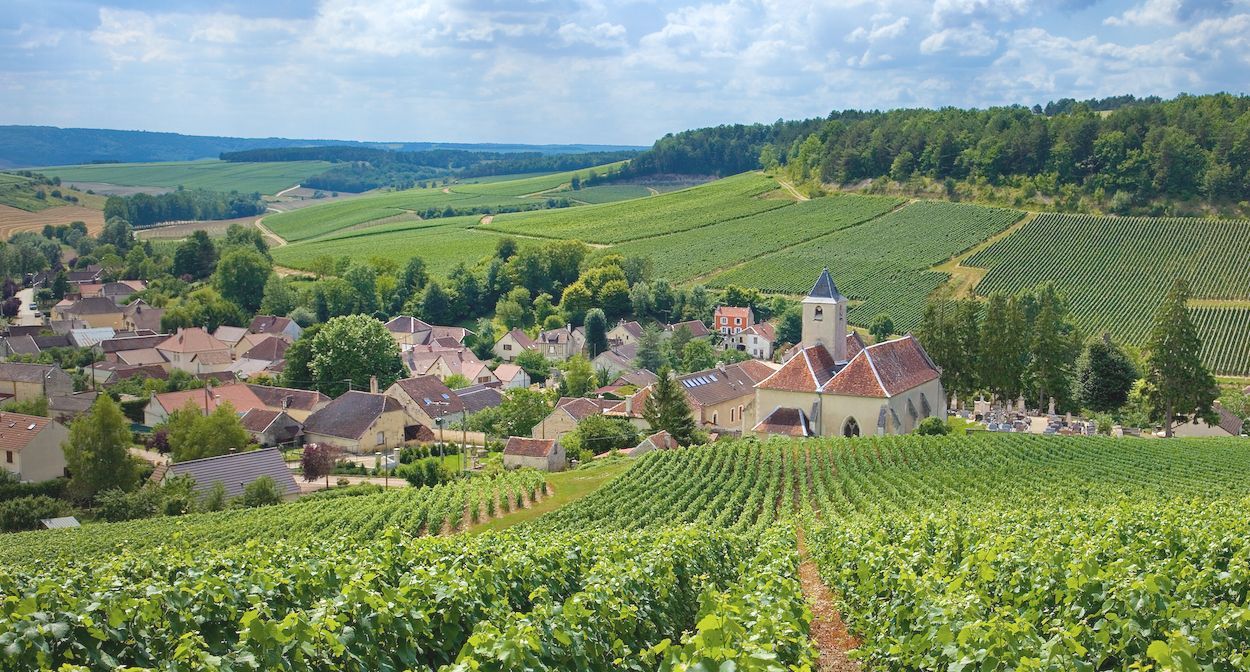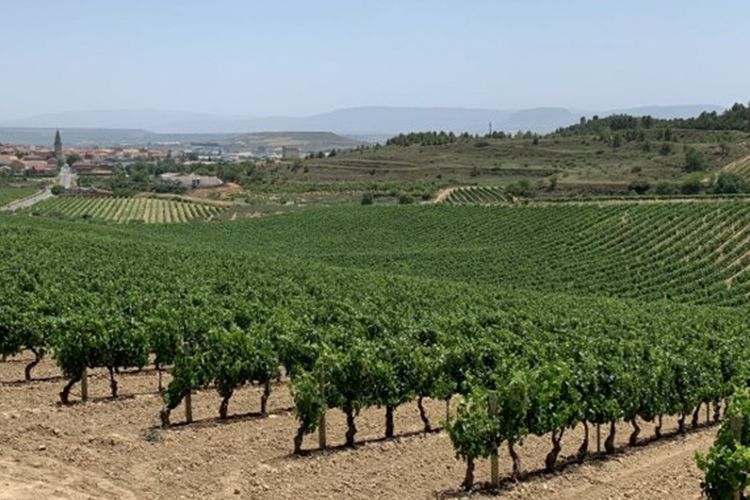Austria! (Part 1)
Austria (Part 1) - Vienna and VieVinum
We went for wine, but schnitzel, that thinly hammered piece of pork the size of a dinner plate deep fried to crispy golden perfection, was secretly the thing I was most looking forward to. It’s funny going half way around the world to eat a dish that is so reminiscent of the southern staples I grew up on and of which my home is also famous for. But there I was, sitting on a plane, hype to soon slice into the crispy piece of meat.
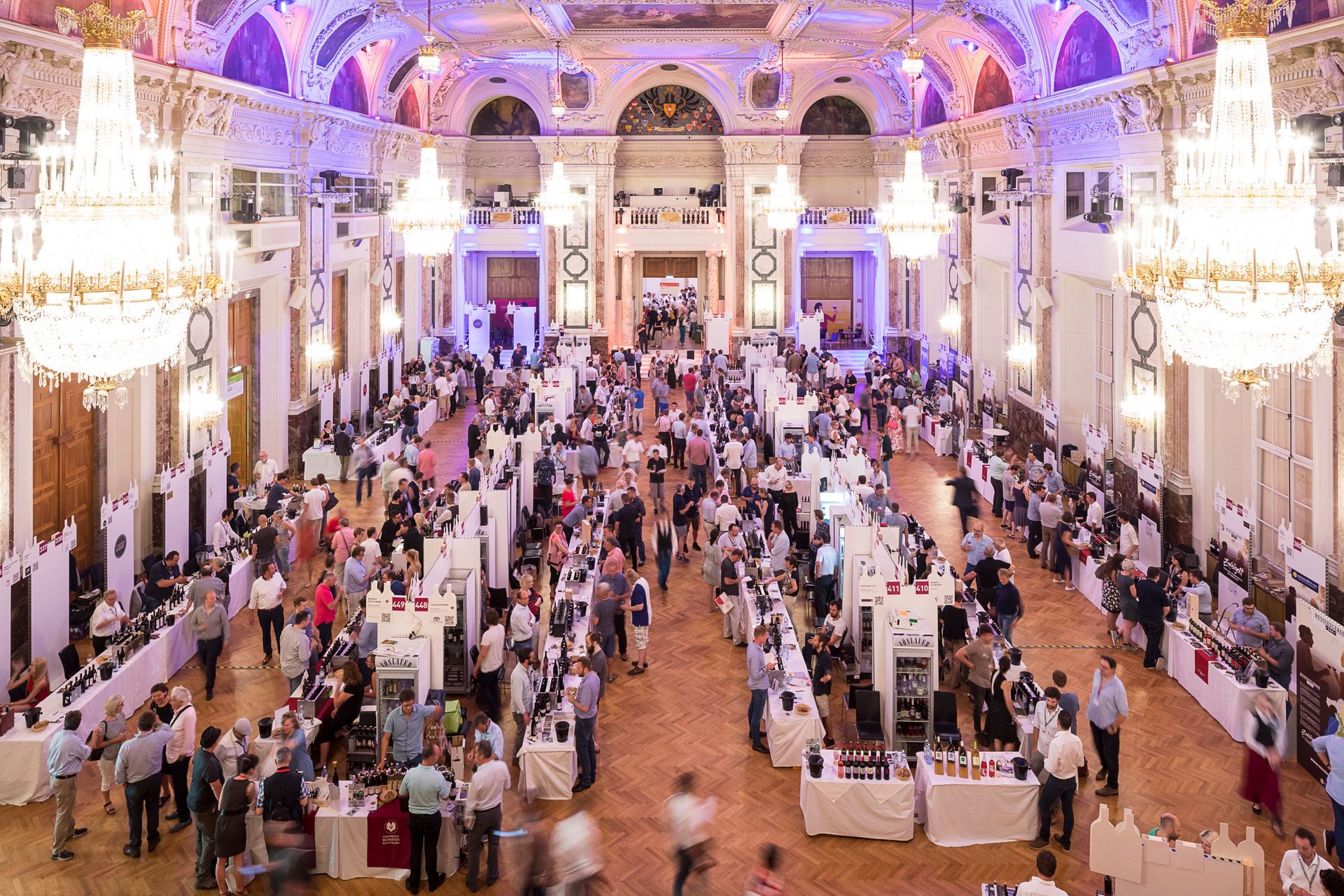
After a crammed flight we arrived in Vienna exhausted, having not slept but an hour or two on our night’s flight across the Atlantic. But alas, no rest for the weary!
We walked off the plane and into the 2000 year old city at 9:30 a.m., dropped our bags at our hotel, hopped on the subway, and were walking into the Hofburg Palace, the continuous seat of the Austrian government for about 1000 of those 2000 years, for VieVinum by 11:30. With wine glasses in hand we spent the next three days strategically wandering from table to table tasting and speaking with the nearly 600 producers at the famed wine show. That is, when we could pull our heads down. The tall painted ceilings of the enormous 1000 year old palace often took the attention away from the wine. It was, without a doubt, the most beautiful venue for a wine show I have ever seen. Delicious, insightful, beautiful, and exhausting are just a few words to describe VieVinum, a wine show focused on the wines of Austria.
You can probably imagine what our palates might have felt like after tasting hundreds of grüners. If not, it was DESTROYED but in a bittersweet way that made wine #646 taste only slightly less delicious than the first wine we tasted. The blazing high acidity in grüner had pretty much run my palate raw by the end of it all, rendering it useless in measuring all things beyond temperature.
Some of my favorite finds at the show were the insanely long lived wines of Tegernseerhof, the pristine and poignant wines of Martin Muthenthaler, the beautifully full wines of Jamek, the interesting spirits and eau de vies of David Gölles, and the surprising Burgundian-esque wines of Kollwentz, but there were soooo many I didn’t even take note of. The number of wines was quite overwhelming, but as many aren’t even exported to the U.S. much of the tasting was for education and enjoyment, not purchasing, and thus didn’t deserve a note in the journal anyway. I left wishing we could do it all over again ha. It would have taken weeks to taste all the wines being poured in that palace, but we only had the lesser part of three days.
Luckily, we had a guide! Chris and his father Manfred of Wein-Bauer were our wonderful hosts for the week. They’ve been importing Austrian wine for over 40 years, and know the place better than anyone. Each night after the show we got out to explore Vienna. The city is gorgeous, its streets strategic and its buildings resolute, clean, and precise. You can tell the new pieces of the city were built next to and on top of the old, not in place of. One moment we’d be dodging a string of cars on a strip filled with fast fashion stores and giant glowing ad screens and the next turn we’d step onto an ancient cobblestone street that’s architecture and decor felt better suited for horse and carriage than car. Vienna had it all. It was beautifully old and conveniently modern all at once. Don’t get me started on the ease of public transportation, something us Nashvillians know nothing about.
The area around the palace, where we spent most of our time, has hardly changed in the 1000 years since its construction began. The gardens were beautiful. The architecture was royal. The street sausage was legendary. Only in a great dream, and Vienna, can you get an icy cold beer and a perfectly snappy sausage with some extra scharf mustard at a street vendor while walking around town.
VieVinum even hosted some amazing night events in prime locations. Demeter hosted a certified biodynamic wine night in a dope bar with a glass dome. The next night we had dinner on a boat on the Danube stocked with a DJ, a Greek buffet, great views of the city, and dozens of Austrian rieslings.
Oh, and schnitzel! Don’t worry, we ate tons of schnitzel, most notably at Glacis Beisl on their sweet garden patio. The spicy cayenne based lard dunk that Nashville Hot Chicken is coated in runs in this Native-Nashvillian’s veins, so I am biased as to where the greatest fried meat in the world is found, but I will say that schnitzel in Vienna would sit near the top of the GOAT list.
We drank beer in some ancient underground beer cellars, walked around the jaw dropping St. Stephen’s Cathedral, picnicked in Stadtpark, and ya boi (alone because nobody else was interested) went to the famed Vienna Opera House and saw Wagner’s 5 hour The Master-Singers of Nuremberg, in German in the scorching hot nosebleeds ha. When in Rome right? Sorry, when in Vienna.
While the city was incredible, I couldn't wait to head out into wine country. You can only learn so much tasting and talking. Sometimes you gotta get your hands dirty. You gotta touch the vines, feel the dirt, smell the barrels, feel the sun on your face, ya know. Wine is all about place and people. You can’t truly experience either unless you’re in it. So, after three days of VieVinum we packed up our bags and hit the road.
First stop, Wachau.

Here are a few of the wines that arrived this week! Notes Below. Read Part 2 to hear about my visit to these awesome wineries.
Jamek Ried Klaus Riesling Federspiel 2022 - from their most prized vineyard. High acidity, dry, but dense with flavors of honey, stone fruit, apples, and lemon peel. Great minerality.
Jamek Ried Pichl Riesling Federspiel 2022 - peach, nectarine, mineral, and honey. Fantastic structure. Built well. Would age for a bit. Needs food.
Waldschütz Riesling Strass “Venesse” 2023 - So aromatic. Almost muscaty. Peachy, juicy, floral, dominated by fruit, but great complexity in the types and qualities of fruit.
Waldschütz Kamptal DAC Grüner Veltliner 2023 - stainless steel for 4 months on lees. Core of citrus with great minerality and a touch of spice. Amazing acidity and good body. Food wine.
Waldschütz Stonevision Non-Vintage - Stone Vision is a vintage cuveé made from Grüner Veltliner, Riesling and Sauvignon Blanc from three different vintages: 2019, 2020 and 2021. Only the best grapes from Waldschütz are selected then matured for up to 36 months in granite stone barrels. This wine is cool. Never had anything quite like it. Tropical nose, good spice, honey and lime zest, minerality. Juicy but tight with great acidity.
The Wine Press
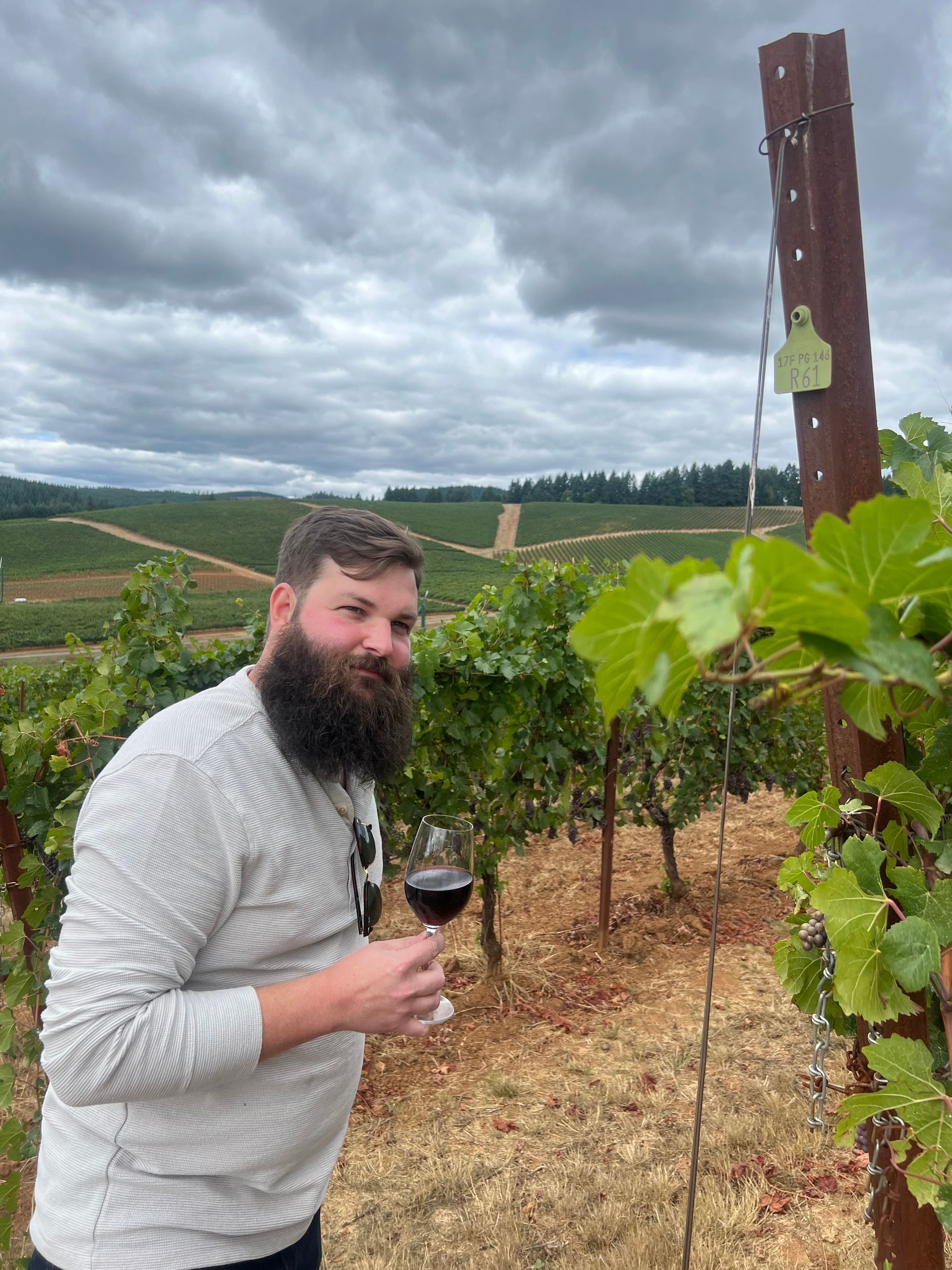

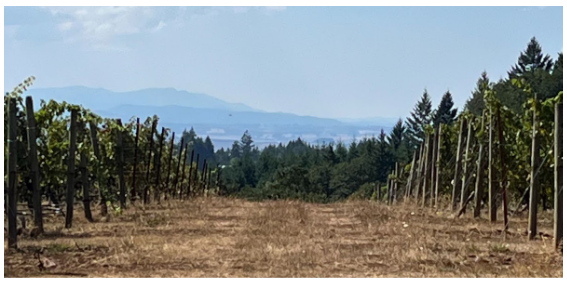
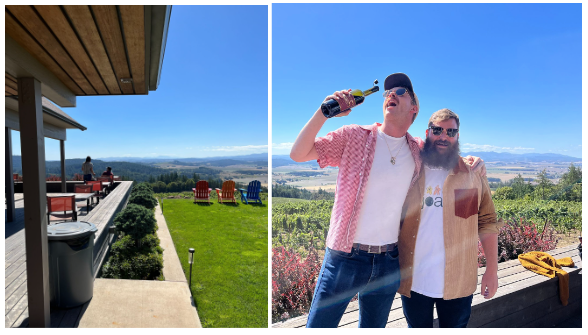
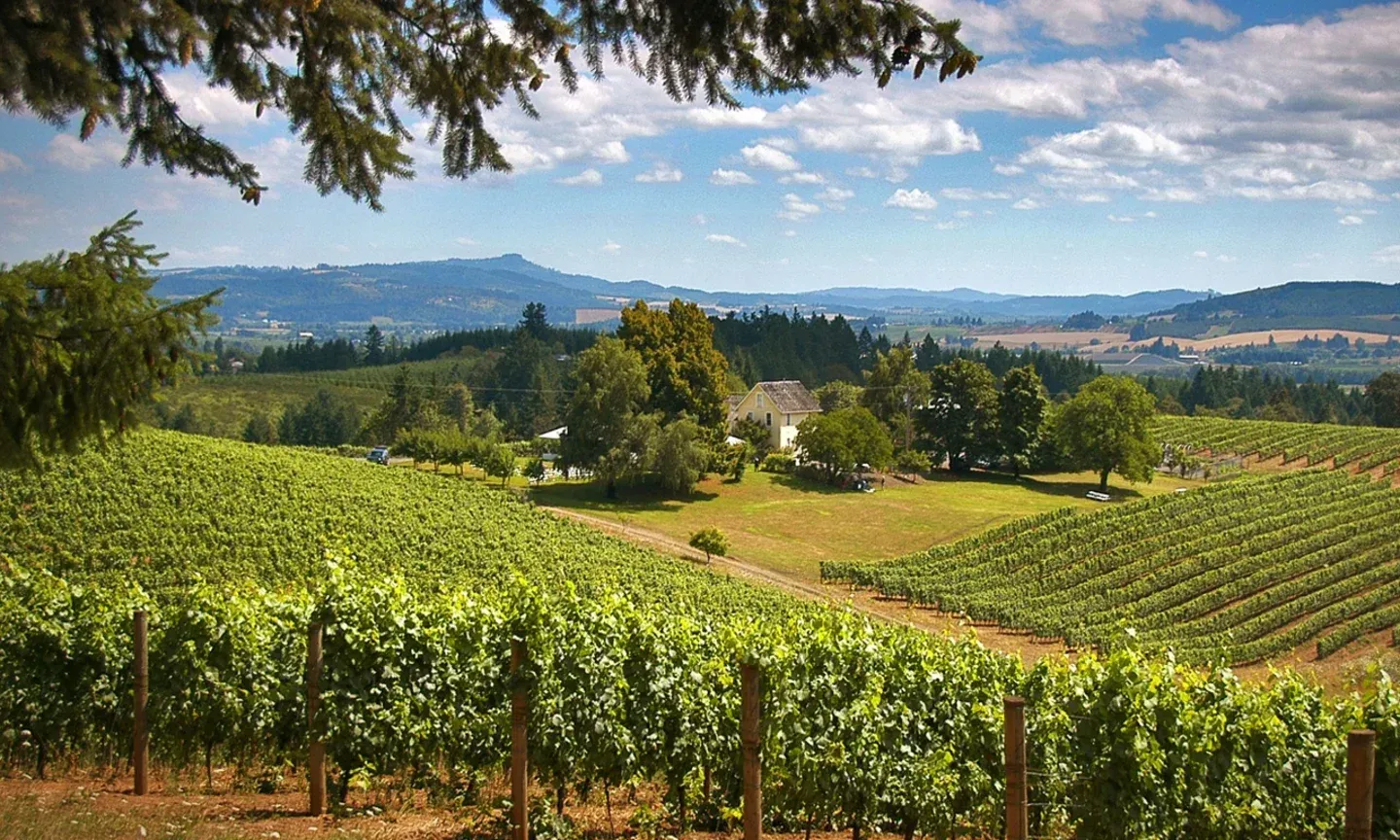
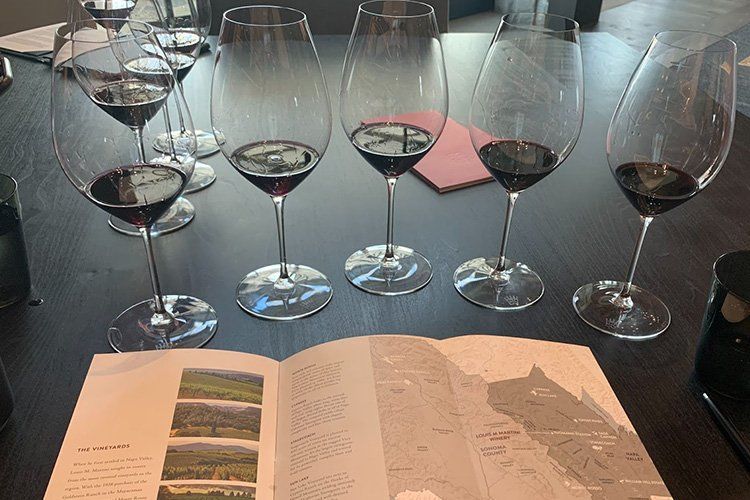
Store Hours
Mon - Thu: 9am - 9pm
Fri - Sat: 9am - 10pm
Sun: 10am - 6pm
Customer Feedback
All Rights Reserved | Frugal MacDoogal | Privacy Policy






